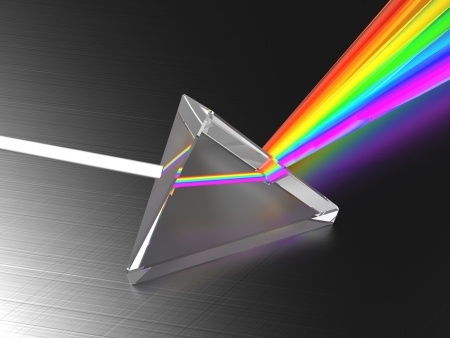Beaver teeth, the hazard of soft drinks, black holes, smart windows and a Mars mystery – everything you need to get your students excited about science. SciNews is an eclectic mix of current science news stories with strong ties to the curriculum.
SciNews is published every Monday and Thursday. Stay tuned for more
 Biology
Biology
Making teeth tough: Beavers show way to improve our enamel. Science Daily
Beavers don’t brush their teeth or drink fluoridated water, but a new study reports beavers do have protection against tooth decay built into the chemical structure of their teeth: iron. This pigmented enamel, the researchers found, is both harder and more resistant to acid than regular enamel, including that treated with fluoride. This discovery is among others that could lead to a better understanding of human tooth decay, earlier detection of the disease and improving on current fluoride treatments. Read more…
Skip the soft drinks, period. Science News for Students.
There are plenty of reasons to shun soft drinks and sugary beverages. Studies have shown they can promote cavities, foster weight gain and even weaken bones. Research now suggests that downing sweet drinks daily also can speed up puberty in girls. The findings come from a five-year study of more than 5,000 girls from across the United States. Those who drank a sugar-sweetened beverage each day had their first menstrual cycle almost three months earlier than did girls who consumed far fewer sugary drinks. The start of menstruation is a key sign that a girl’s body is maturing into womanhood. Skip the soft drinks, period. Read more…
Physics
‘Smart’ windows could save energy. Science News for Students.
Sunlight streaming through a window can really heat up a room. In winter, whe n heating bills can soar, people tend to welcome that extra warmth. But in summer, that heat just boosts cooling costs. A homeowner could keep out some of that warming light by drawing the curtains or lowering the blinds. Or the window could change its transparency — blocking out some light, as needed — all by itself. That’s the idea behind new “smart” windows. Read more…
n heating bills can soar, people tend to welcome that extra warmth. But in summer, that heat just boosts cooling costs. A homeowner could keep out some of that warming light by drawing the curtains or lowering the blinds. Or the window could change its transparency — blocking out some light, as needed — all by itself. That’s the idea behind new “smart” windows. Read more…
A coast-to-coast picture of America’s cacophony of sounds. Science News
An ambitious National Park Service project exploits computer algorithms to predict the loudness of a typical summer day from coast to coast. The project’s newest map (above, with yellow representing the loudest noise) includes natural sounds, but it’s the human-made features that jump out. Read more…
Earth and Space Science
Interstellar technology throws light on spinning black holes. Science Daily
The team responsible for the Oscar-nominated visual effects at the center of Christopher Nolan’s epic ‘Interstellar’ have turned science fiction into science fact by providing new insights into the powerful effects of black holes. Read more…
Mystery Mars plume baffles scientists. Science Daily
Plumes seen reaching high above the surface of Mars are causing a stir among scientists studying the atmosphere on the Red Planet. On two separate occasions in March and April 2012, amateur astronomers reported definite plume-like features developing on the planet. Read more…


